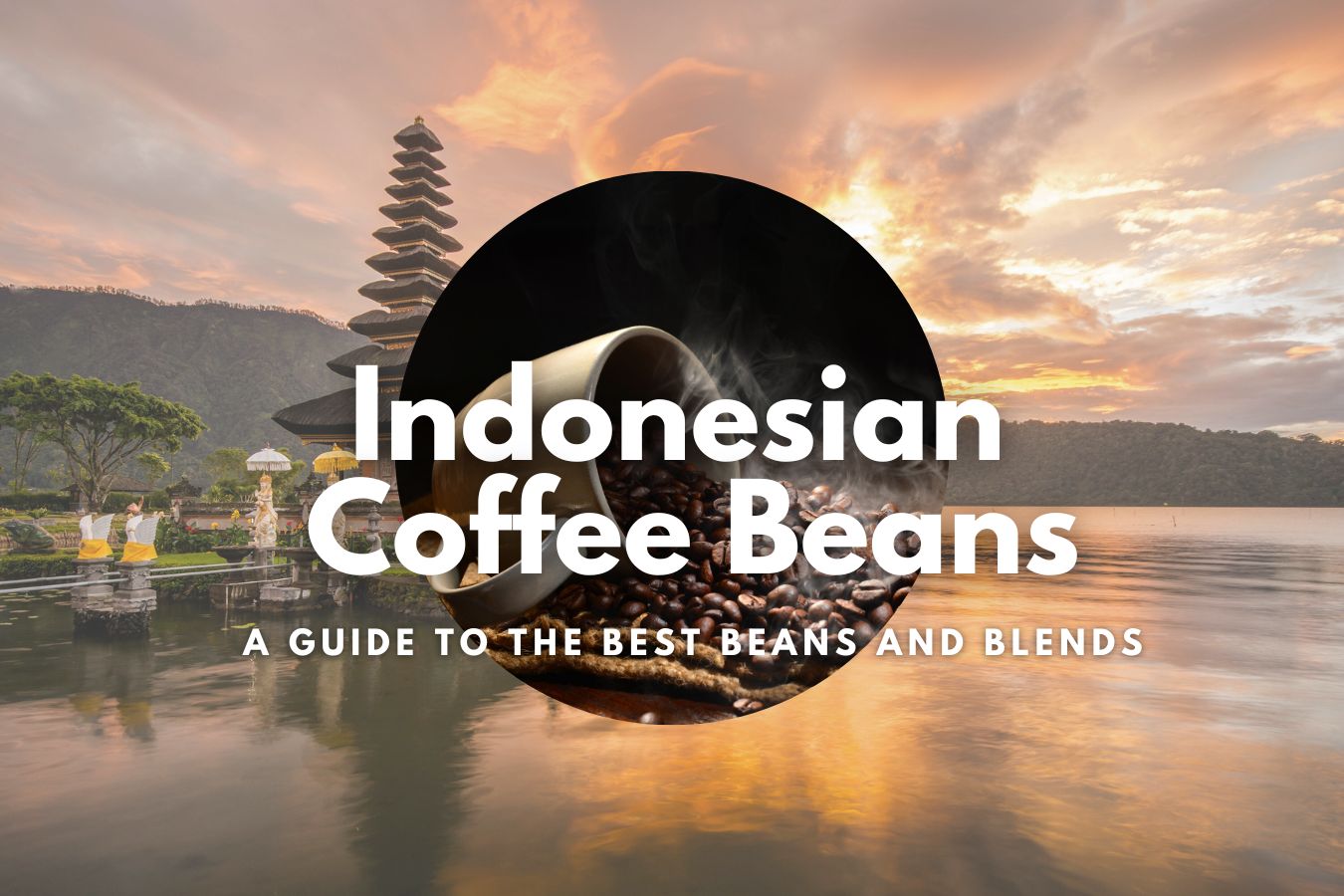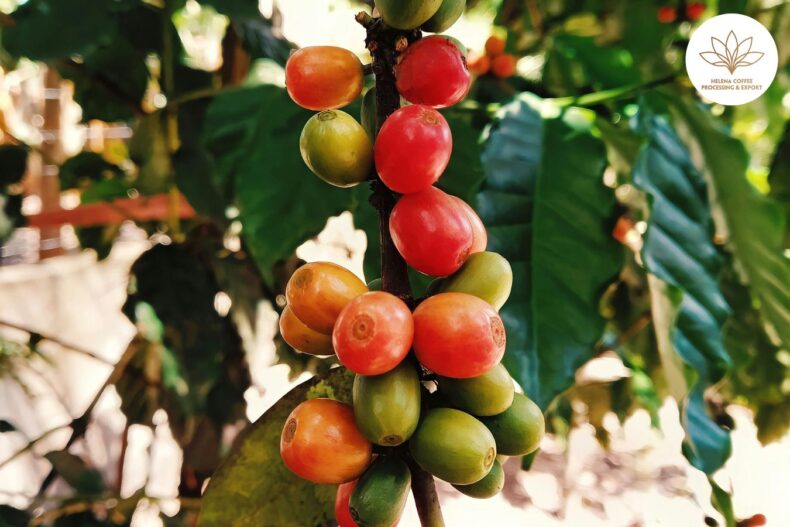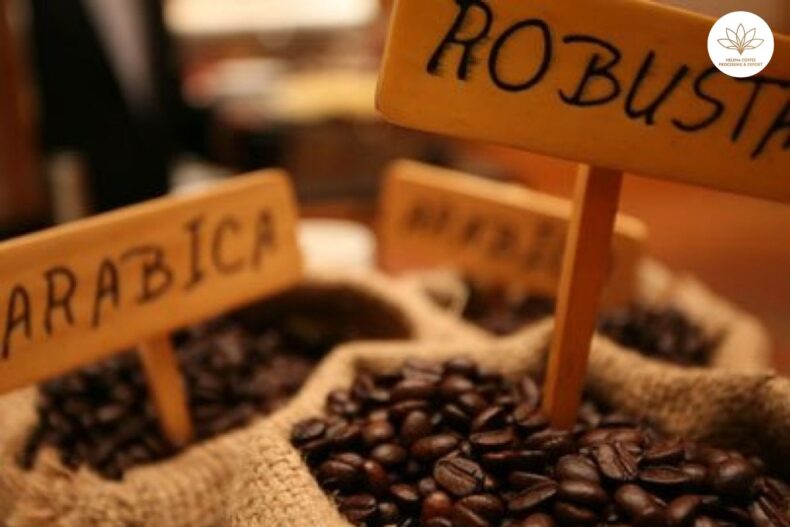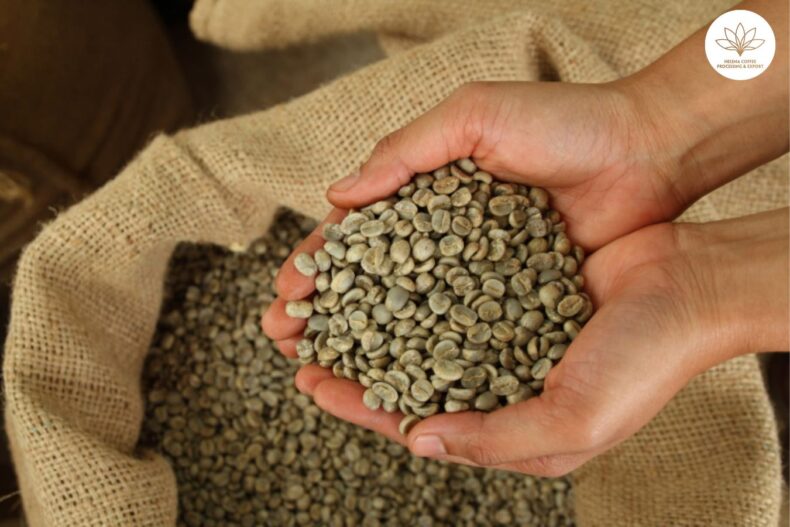
If you’re a coffee lover, you’ve probably heard of Indonesian coffee beans’ rich, earthy taste. Indonesia is known for producing some of the world’s best coffee, with unique flavors and aromas unmatched by any other region.
This article will explore everything you need to know about Indonesian coffee beans, from their history and cultivation to the best blends and brewing methods. So please grab a cup of coffee, and let’s get started!
History of Indonesian Coffee Beans
Coffee has been a part of Indonesian culture for over 300 years, with the first coffee plants brought to the region by Dutch colonizers in the 18th century. Since then, coffee has become an integral part of the country’s economy and culture, with Indonesia now home to some of the world’s most renowned coffee-growing regions.
One of the most significant events in the history of Indonesian coffee beans occurred in the late 19th century when a fungal disease known as coffee rust devastated many coffee plantations in Asia and Africa. In response, the Dutch government introduced a new variety of coffee plants known as Robusta, which proved resistant to the disease and helped revive the coffee industry in Indonesia.
Varieties of Indonesian Coffee Beans
Indonesia has several unique coffee varieties, each with a distinctive flavor profile. Here are some of the most popular:
Sumatra Mandheling
Sumatra Mandheling is a highly sought-after coffee known for its complex, earthy flavor and heavy body. It’s grown in the highlands of North Sumatra, where the volcanic soil and humid climate create ideal growing conditions. Sumatra Mandheling beans are typically roasted dark to bring out their bold flavor.
Java
Java coffee is grown on the island of Java, where it has been cultivated since the 18th century. It has a bright, acidic flavor with hints of chocolate and spice. Java beans are often used in blends to add complexity and depth of flavor.
Sulawesi
Sulawesi coffee is grown on the island of Sulawesi (formerly known as Celebes), where the mountainous terrain and cool, rainy climate create ideal growing conditions. Sulawesi coffee has a bright, floral flavor with citrus and spice notes. It’s often used in blends to add complexity and acidity.
Bali Blue Moon
Bali Blue Moon coffee is grown in the Kintamani Highlands of Bali, where the volcanic soil and unique microclimate create a rich, earthy flavor. It has notes of dark chocolate and a smooth, full-bodied finish. Bali Blue Moon is a famous single-origin coffee perfect for those who prefer a less acidic brew.
Blends Featuring Indonesian Coffee Beans
Indonesian coffee beans are often used in blends to add complexity and depth of flavor. Here are some popular combinations featuring Indonesian coffee:
Mocha Java
Mocha Java is a classic blend that combines the bright acidity of Ethiopian coffee with the earthy, full-bodied flavor of Indonesian coffee. It’s a well-balanced blend that’s perfect for any time of day.
French Roast
French Roast is a dark, smoky blend that features Indonesian coffee for its bold, earthy flavor. It’s famous for those who prefer a strong, robust brew.
Espresso
Thanks to its rich, earthy flavor and heavy body, Indonesian coffee is a popular choice for espresso blends. It’s often combined with South American or African coffee to create a well-balanced espresso.
Brewing Indonesian Coffee
Indonesian coffee can be brewed using various methods, depending on your preference. Here are some popular brewing methods:
French Press
French press is a popular brewing method perfect for showcasing Indonesian coffee’s full-bodied flavor. Simply add coarsely ground coffee to a French press, pour hot water over it, and let it steep for several minutes before plunging the press.
Pour Over
Pour over is a popular brewing method that allows you to control the water temperature and flow rate for a perfectly
balanced cup of coffee. To brew Indonesian coffee using the pour-over method, place a paper filter in a pour-over dripper, add coarsely ground coffee, and pour hot water over it in a slow, steady stream.
Espresso Machine
An espresso machine is perfect for brewing a rich, full-bodied shot of Indonesian coffee. Simply grind your coffee beans finely, tamp them down into a portafilter, and extract the image using high-pressure and hot water.
Processing Methods of Indonesian Coffee Beans
One of the reasons why Indonesian coffee beans are so highly regarded is due to the unique processing methods used by local farmers. Unlike other coffee-producing regions, where the focus is on maintaining consistent flavor profiles, Indonesian coffee is often processed using a technique known as “wet-hulling.”
Wet-hulling, also known as “giving basah” in Indonesian, involves removing the outer layer of the coffee cherry and allowing the beans to dry for a short period before removing the parchment layer. This method results in coffee beans with lower acidity and a distinctly earthy, herbal flavor highly prized by coffee lovers.
Another popular processing method used in Indonesia is known as “sun-drying.” This involves laying out the coffee beans in the sun to dry, resulting in a sweeter and fruitier flavor profile often found in Arabica varieties grown in the region.
Culture and Significance of Indonesian Coffee Beans
Coffee has played a significant role in Indonesian culture for centuries. From traditional coffee ceremonies to modern coffee shops, the country’s love for coffee is deeply ingrained in its cultural fabric.
One of the unique aspects of Indonesian coffee culture is the Kopi Luwak. This coffee is made from beans eaten and excreted by a civet cat before being collected and processed for consumption. Despite its unusual origins, Kopi Luwak is one of the world’s most expensive and highly sought-after coffees.
Indonesian coffee culture is also heavily influenced by the country’s history of colonization. Dutch influences can be seen in the widespread use of coffee plantations and the continued use of Dutch loanwords in the coffee industry.
Today, Indonesian coffee is enjoyed around the world, with coffee lovers savoring the unique flavors and cultural significance that come with each cup.
Conclusion
Indonesian coffee beans offer a unique and flavorful experience for coffee lovers. From the earthy Sumatra Mandheling to the bright Sulawesi, there’s a bean and blend for every palate. Try brewing Indonesian coffee using different methods to find your perfect cup. And next time you’re at your local coffee shop, ask for an Indonesian blend. You won’t be disappointed.
FAQs
- What makes Indonesian coffee beans unique?
- Indonesian coffee beans are grown in fertile volcanic soil, which gives them a distinct earthy flavor.
- Can I brew Indonesian coffee using a drip coffee maker?
- You can brew Indonesian coffee using a drip coffee maker, but use a coarse grind to avoid over-extraction.
- What’s the best way to store Indonesian coffee beans?
- Store your Indonesian coffee beans in an airtight container in a cool, dark place to keep them fresh.
- What’s the difference between a single-origin Indonesian coffee and an Indonesian blend?
- A single-origin Indonesian coffee comes from a specific region, while an Indonesian blend combines beans from different areas to create a unique flavor profile.
- Is Indonesian coffee more expensive than other types of coffee?
- Indonesian coffee can be more expensive due to its unique flavor profile and the labor-intensive process of harvesting and processing the beans.


